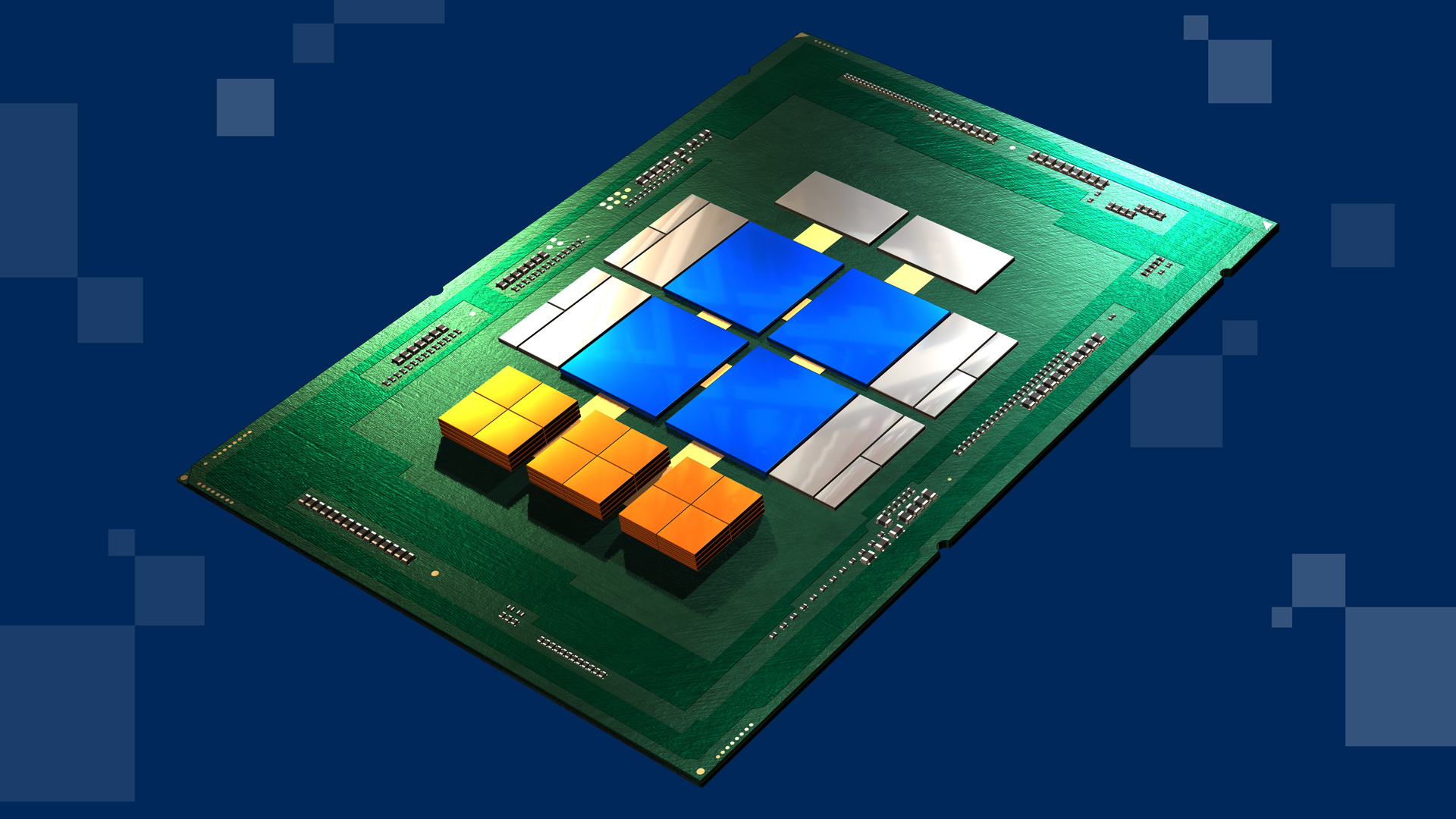What Are Chiplets?
Chiplets are tiny integrated circuits (ICs) that contain a specific function and are designed to be combined with other chiplets on an interposer in a single package. In simpler words:
Technically:
- A tiny integrated circuit (IC): Similar to a miniaturized Lego block, it performs a specific function within a larger system.
- Designed for modular assembly: It doesn’t stand alone but connects with other chiplets on an interposer like a circuit board, forming a complete System-on-Chip (SoC).
- Optimized for its functionality: Different chiplets can be built using different manufacturing processes and materials, tailoring them for specific needs like performance or power efficiency.
Functionally:
- A building block for complex chips: Instead of cramming everything onto one giant chip, these allow mixing and matching smaller, specialized pieces.
- Enables flexibility and customization: Different combinations can be used to create products with varying performance, features, and costs.
- Potential for increased performance and efficiency: By focusing on specific tasks, these can deliver better performance or lower power consumption compared to traditional monolithic designs.
In simpler terms:
- Imagine a computer as a city. Traditionally, everything (houses, schools, shops) would be built into one giant structure. Chiplets are like separate, specialized buildings – a power plant for energy, a hospital for healthcare, and so on – connected together to form a functioning city.
Advantages
This modular approach offers several advantages over traditional System-on-Chip (SoC) designs, including:
- Increased performance: These can be fabricated on different manufacturing processes, allowing each chiplet to be optimized for its specific function. For example, a chiplet containing a processor core can be made on a more advanced process than a chiplet containing memory, resulting in improved overall performance.
- Reduced cost: Manufacturers can avoid the high cost of developing and manufacturing a single, complex SoC. Additionally, these can be reused in different products, which further reduces costs.
- Improved yield: These are smaller than SoCs, which means that they are less likely to have defects. This can lead to higher yields and lower costs.
- Greater flexibility: These can be mixed and matched to create different products with different function. For example, manufacturers can use chiplets with different numbers of processor cores to create products with different performance levels.
Potential Applications
Chiplet technology is still in its early stages of development, but it has the potential to revolutionize the semiconductor industry. Here are some of the potential applications:
- High-performance computing (HPC): Can be used to create HPC systems with more processing power and better energy efficiency.
- Artificial intelligence (AI): Can be used to create AI accelerators that can process data much faster than traditional CPUs.
- Mobile devices: Chiplets can be used to create more powerful and energy-efficient mobile devices.
- Internet of Things (IoT): Chiplets can be used to create low-power IoT devices with a variety of functionality.
Design Process
1. Functional decomposition: The first step is to break down the desired functionality of the entire chip into smaller, independent modules. These modules become the individual chiplets, each serving a specific purpose like computation, memory, I/O, or security.
2. Chiplet architecture definition: Once the modules are defined, engineers architect the overall system, specifying how the chiplets will connect and communicate with each other. This involves choosing appropriate communication protocols, interfaces, and data paths.
3. Individual chiplet design: Each chiplet is then designed individually using traditional integrated circuit design techniques. This involves creating circuit schematics, layouts, and verifying their functionality and performance.
4. Interposer design: An interposer, a substrate with high-bandwidth communication channels, is designed to connect the chiplets physically and electrically. Different types of interposer technologies exist, each with its own advantages and limitations in terms of performance, cost, and complexity.
5. Chiplet integration and testing: The designed chiplets and interposer are then fabricated and integrated into a single package. This involves testing the individual chiplets and ensuring proper communication and functionality between them within the final system.
Additional Considerations
- Standardization: Chiplet design benefits from standardized interfaces and communication protocols to enable interoperability between different chiplet providers and designs. This encourages a healthy ecosystem where chiplets can be mixed and matched for diverse applications.
- Reuse and customization: Ideally, chiplets should be designed for reusability across different products and applications. This reduces development costs and time to market for new products.
- Thermal management: Efficient heat dissipation is crucial for chiplet-based systems due to their potentially higher power density. Design strategies like optimized placement, advanced packaging materials, and integrated cooling solutions are employed.
Applications in Key Areas
High-performance computing (HPC):
- Increased processing power: Combining chiplets with different core counts and specialized AI accelerators allows for tackling complex problems like scientific simulations, weather forecasting, and drug discovery, requiring massive computational resources.
- Improved energy efficiency: Mixing chiplets optimized for specific tasks reduces redundant operations and overall system power consumption compared to monolithic designs.
Artificial intelligence (AI):
- Dedicated AI accelerators: Chiplets built specifically for AI algorithms, like neural networks, offer significant performance gains and power efficiency compared to general-purpose CPUs.
- Flexibility for diverse AI tasks: Different chiplet configurations can be tailored for specific AI workloads, like image recognition, natural language processing, or recommendation systems.
Mobile devices:
- Performance on demand: Combining high-performance chiplets for demanding tasks with low-power ones for basic functions creates devices that adapt to user needs, optimizing battery life and performance.
- Advanced features integration: Integrating specialized chiplets for image processing, security, or connectivity enables mobile devices with advanced functionalities without sacrificing size or power efficiency.
Internet of Things (IoT):
- Cost-effective smart devices: Low-power chiplets reduce costs and power consumption while offering sufficient processing power for basic IoT functions like sensor data collection and communication.
- Modular connectivity options: Integrating chiplets for different wireless protocols allows for flexible connectivity in diverse IoT applications, from short-range Bluetooth to long-range cellular networks.
Beyond these core areas, chiplets are making inroads in:
- Automotive: Enabling advanced driver-assistance systems (ADAS) and autonomous driving features with high-performance processing and sensor fusion capabilities.
- Cloud computing: Building scalable and efficient server infrastructures with modular chiplet-based designs.
- Aerospace and defense: Creating robust and reliable systems for critical applications requiring high performance and radiation resilience.
As chiplet technology evolves, expect even more innovative applications across various industries, pushing the boundaries of performance, flexibility, and efficiency in chip design.




